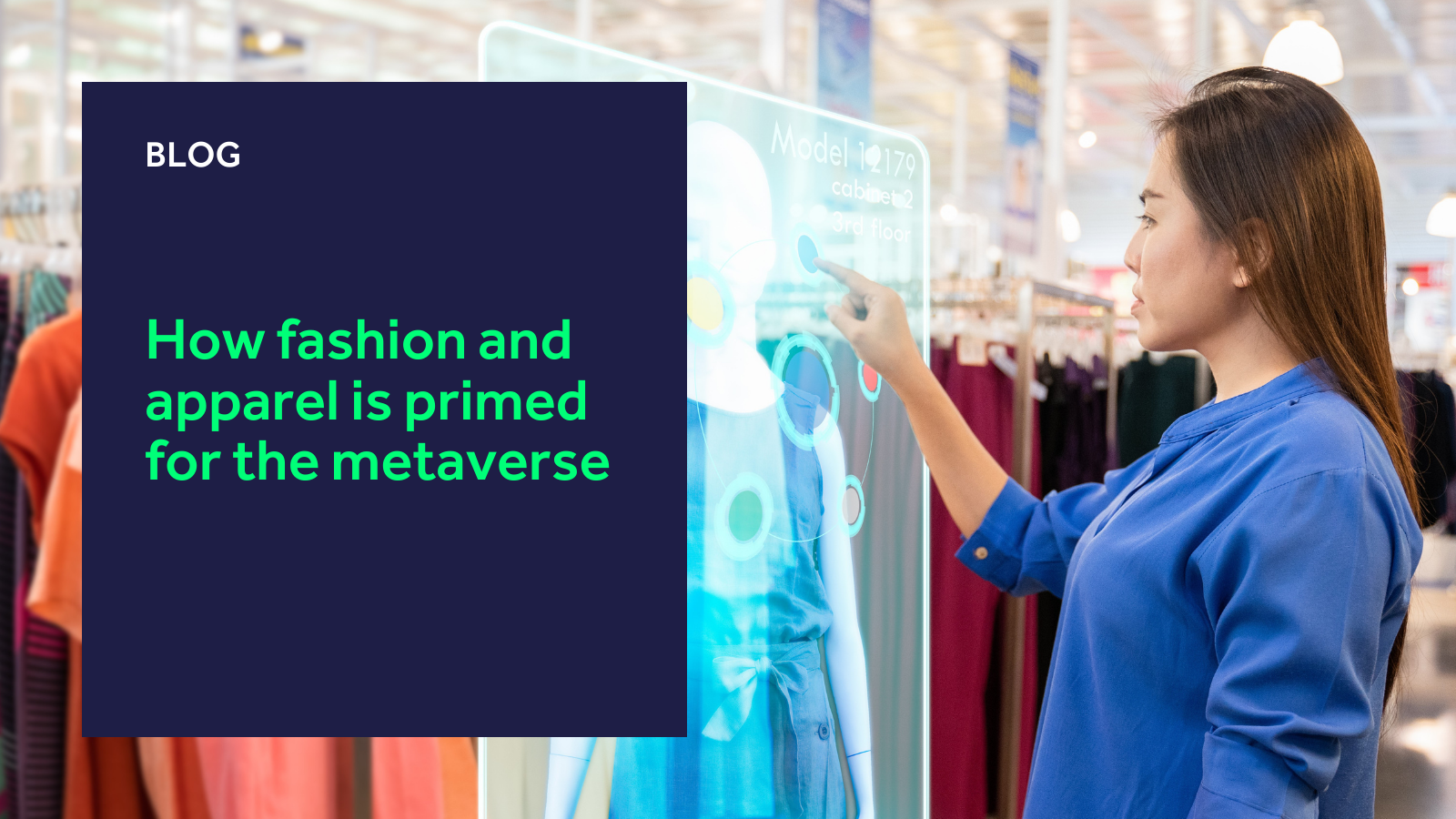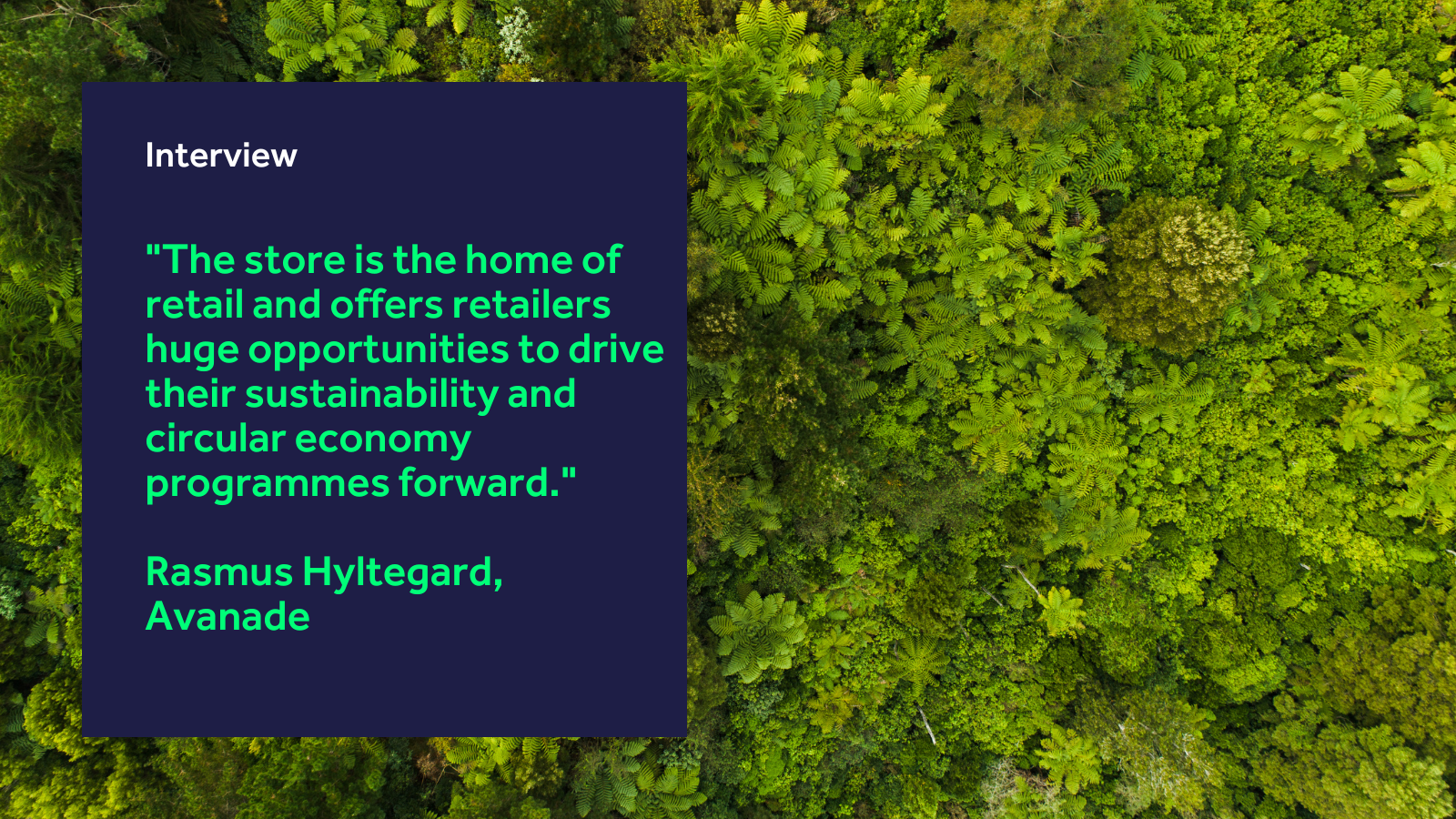After Mark Zuckerberg announced Facebook’s rebrand to ‘Meta’ and signalled the business’ intent to enter the metaverse, many companies have jumped in on the action.
While at a first glance, some fashion brands may question whether they have a future in the metaverse… they could not be more wrong.
All the latest trends in retail, fashion and apparel lend themselves perfectly to the metaverse.
What is the metaverse?
For the uninitiated, the term ‘metaverse’ first appeared in Neal Stephenson’s ‘Snow Crash’ novel in 1992.
It refers to a new iteration of the internet in which virtual avatars can interact with one another via online environments. Sound familiar? It should.
This is exactly what Zuckerberg outlined when he announced the social media behemoth’s rebrand. But the metaverse itself has been in development for some time now.
For several years, cryptocurrency and blockchain enthusiasts have been eagerly building web 3.0 applications and technologies that will enable the metaverse to become a reality.
In essence, it is envisioned as a series of decentralised and interoperable applications through which users can seamlessly jump between platforms using their digital identities.
The boundaries between the physical and digital become blurred to create an entirely new experience. From hanging out with friends, to viewing virtual art galleries and concerts all the way through to working or shopping in the metaverse… it truly has infinite possibilities.
And the very idea of the metaverse shouldn’t be surprising to anyone. After all, we’re increasingly spending more and more of our lives online already.
NFTs will soon permeate fashion and apparel
To first understand how fashion and apparel lends itself well to the metaverse, one must know what non-fungible tokens (NFTs) are.
NFTs are, in effect, digital collectibles that contain unique metadata to help prove authenticity and provenance.
Their applications are endless but for the sake of brevity, we’ll stick to fashion and apparel use cases.
In the fashion industry, brands have long had to deal with counterfeit products and NFTs represent a great opportunity to combat this issue.
Since NFTs are stored on the blockchain – which is an immutable ledger – and they contain metadata to showcase who the real owner of the item is, it’s incredibly easy to authenticate products.
Naturally, this drastically helps curb the issue of counterfeit items. This isn’t a new concept in the fashion industry either.
Back in 2019, LVMH – the owner of Louis Vuitton – was trialling blockchain technology to prove the authenticity of high-end goods. More recently, Gucci partnered with Christie’s – an auction house – to present its first NFT while Nike filed yet another trademark signalling its desires to break into the crypto and metaverse spheres.
Needless to say, there are countless retail, fashion and apparel brands poised to enter the metaverse. And why shouldn’t they? The metaverse is rife with business opportunities for them.
This is especially true when considering a central concept to the metaverse is online identities. So, is it any surprise that people will want to rock virtual clothing with their avatars?
Why was this inevitable?
As mentioned previously, there are several trends that highlight how fashion brands entering the metaverse was inevitable.
For one, there is social commerce which involves retailers (and usually an influencer) live streaming to connect with consumers and showcase their latest products.
The trend began as early as 2016 and was estimated to total $242 billion in retail commerce sales by the end of 2020. Burberry China once hosted a livestream that attracted 1.4 million viewers and led to many of the featured products selling out within just one hour.
Clearly, social commerce is profitable, and many businesses have sought to take advantage of it.
For example, Shopify explored Artificial Intelligence (AI) to support digital ‘try-on’ experiences and found its conversion rates soared by 250% for products that used 3D models in Augmented Reality (AR).
Without a shadow of a doubt, social commerce highlights just how quickly the world of fashion and retail is shifting towards online channels.
Similarly, other retailers are starting to adopt Mixed Reality (MR) tools to engage consumers and train store staff in new ways.
Broadly, MR refers to the mixing of the physical and digital to create new environments for people to inhabit. This means consumers can enter the MR space, interact with staff and even try products on or have conversations.
Does that also sound familiar? At this point, it really should.
The future of fashion and apparel lies in the metaverse
It seems all but destined for fashion and apparel to head into the metaverse at some point. After all, retailers are already engaging their consumers via online channels and this isn’t going to stop anytime soon.
Further, as NFTs continue to gain traction, it is pretty clear that virtual clothing represents the next logical step in this evolution.
But more to the point, with MR being utilised to create new shopping experiences for consumers, why would retailers neglect to use the metaverse in the same way? It really is just a matter of time.
Interested in reading similar articles? Discover more about how Mixed Reality can empower employees on the frontline.
 https://www.k3btg.com/wp-content/uploads/2023/10/LkSG-blog-header.png
900
1600
Jordan Heal
https://www.k3btg.com/wp-content/uploads/2022/03/K3_Master_Colour_RGB.svg
Jordan Heal2023-10-26 12:07:412024-03-19 14:05:10Everything you need to know about the German Supply Chain Due Diligence Act
https://www.k3btg.com/wp-content/uploads/2023/10/LkSG-blog-header.png
900
1600
Jordan Heal
https://www.k3btg.com/wp-content/uploads/2022/03/K3_Master_Colour_RGB.svg
Jordan Heal2023-10-26 12:07:412024-03-19 14:05:10Everything you need to know about the German Supply Chain Due Diligence Act

